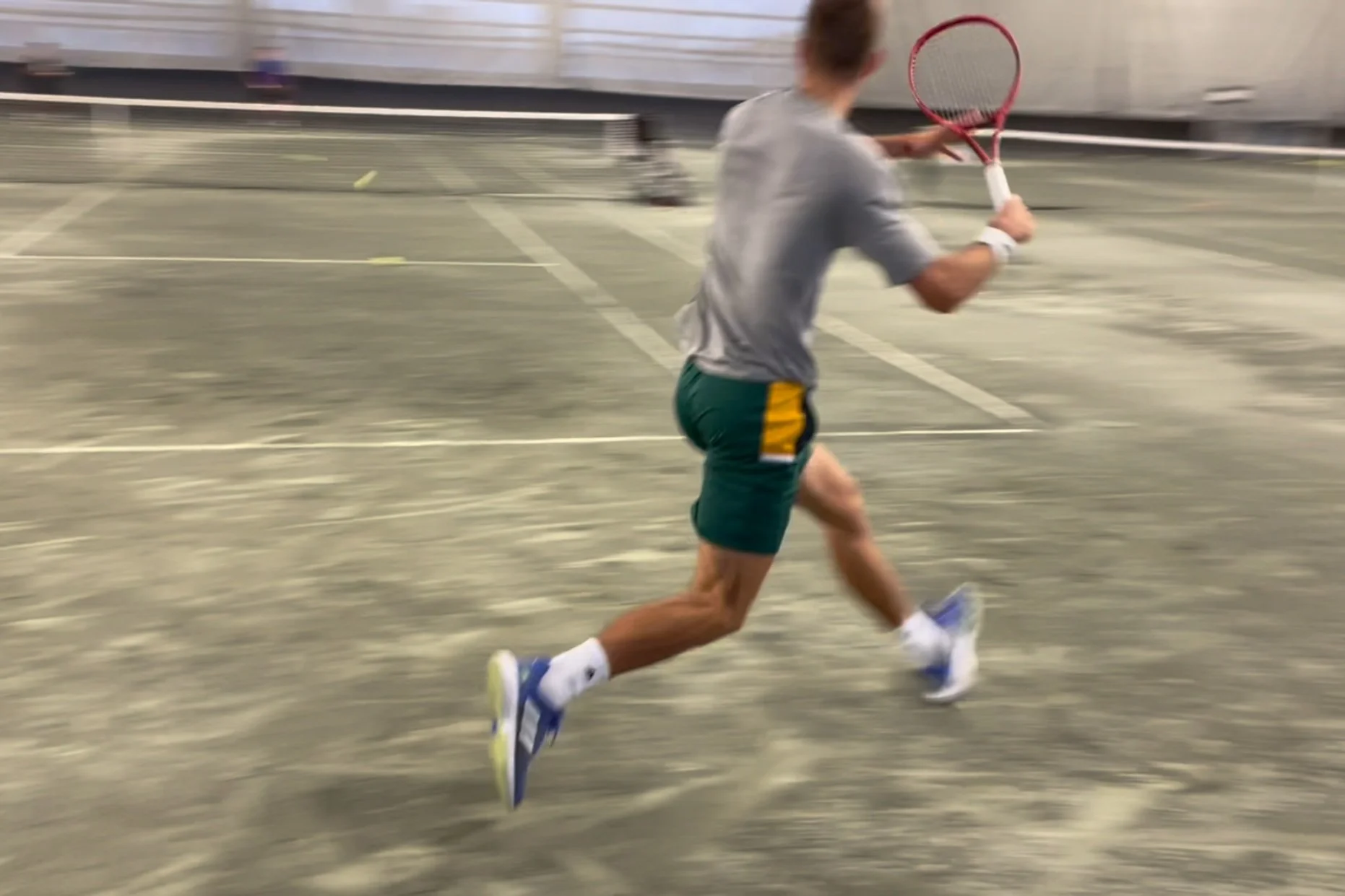If you’ve read my blog in the past, you’ve likely seen my post on attentional focus cues - and the research + implementation that goes along with it.
You may have also read my take on the importance of cueing in general. And why the right cue - given at the correct time - is often more impactful than the perfect drill (although combining the right cue with a great drill is a recipe of success).
A lot of instruction in tennis is coach-directed. And a lot of that is simply the addition of information. Whether positive or negative, this often includes verbal feedback, praise and prompting. There’s also non-verbal feedback like gesturing or modeling - in other words, the coach uses a bodily action to demonstrate what they are seeking from the player.
My take on this - it’s critical… but (and it’s a BIG but), it’s overdone….
If you’re anything like me, you may often marvel at the game’s best players. As an observer, I often ask myself, "how do they make it look so easy?" Many of us probably wonder if it's possible for anyone to play at that level. Or if you’re a coach, you wonder if you can ever get an athlete to that level. Just for the record, I don’t believe in talent. Even considering the dominance (and brilliance) of players like Federer, Nadal and the Williams sisters. They all practiced (and practiced and practiced). This isn’t just opinion based, rather, it’s derived from a new-ish branch of motor learning called 'the science of expertise'.
Bend your knees. Use your legs. Turn your shoulders. Extend your elbow at impact. Flick your wrists. These are just some of the verbal cues that we’ve all heard countless of times. Notice any similarities? Let me give you a hint...the focus of these instructions are directed exclusively towards a body segment or part. Is this type of feedback relevant? Does it help improve technique and ultimately, performance? Let’s take one of these examples and break it down. 'Bend your knees'. How does a player interpret this cue? I mean how low should I bend my knees? Is a 90 degree bend more or less effective than a 100 degree bend? On which type of shot? Should one knee be bent more than the other? As you can see, this cue can be interpreted in a number of different ways depending on the athlete and the context.





